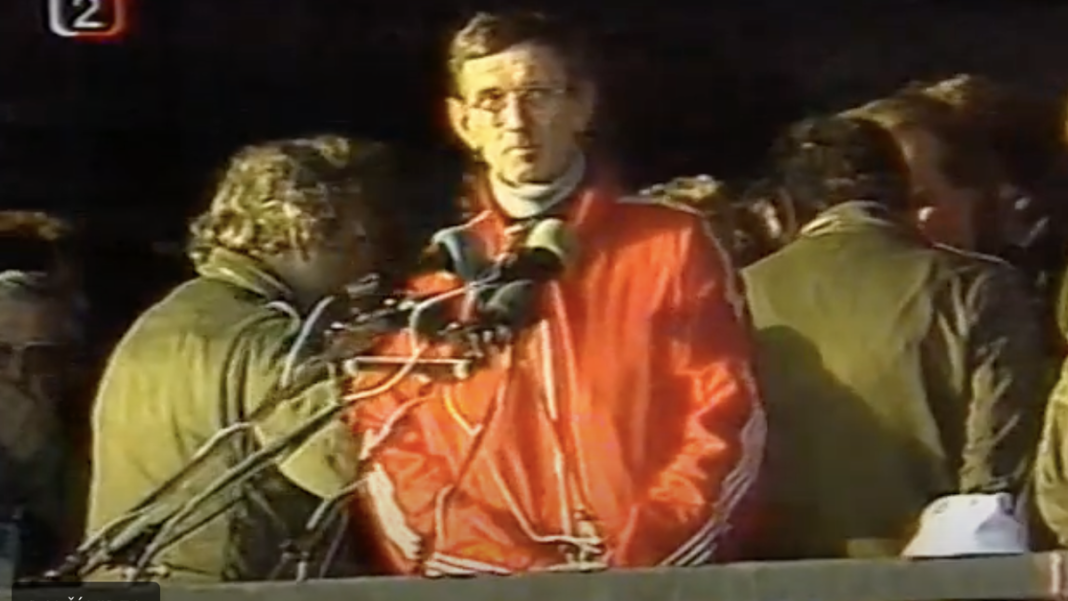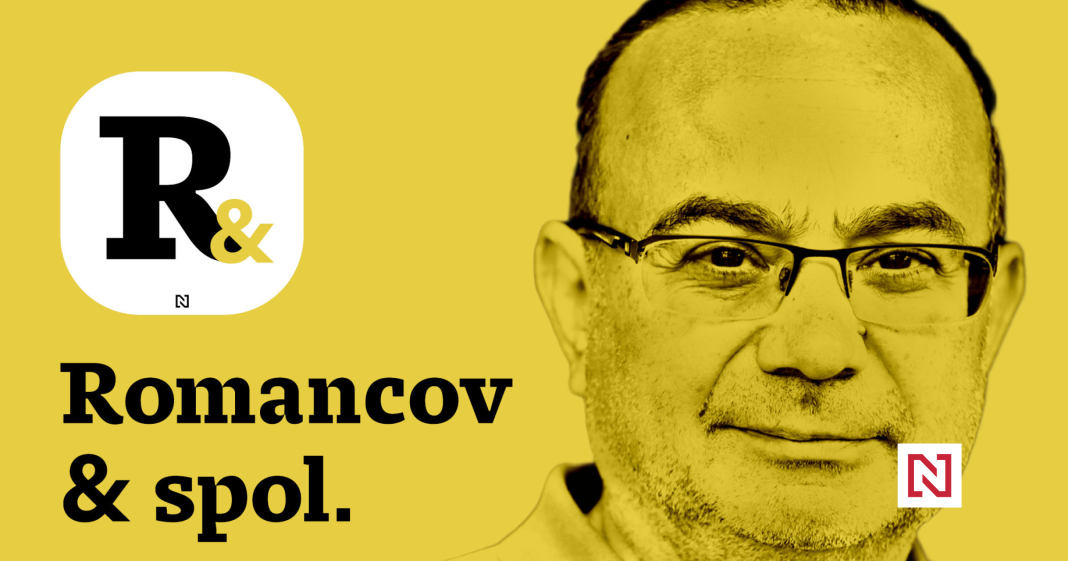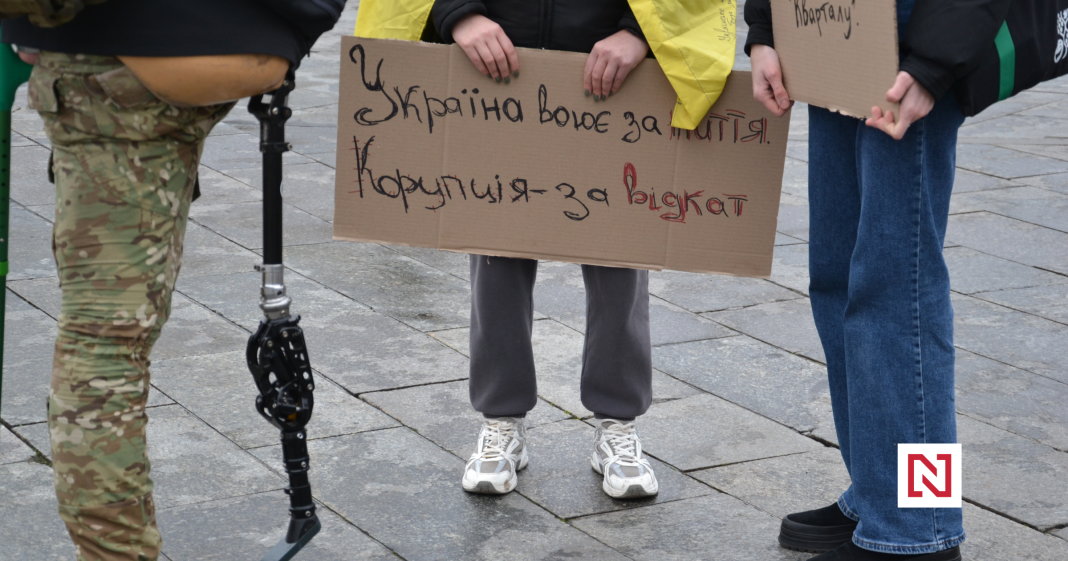The Velvet Revolution stands as a momentous event in both Czech and Slovak history, marked by the peaceful transition from communist rule to a democratic government. Reflecting on this period, the story of a Slovak teacher reveals the profound impact of the revolution on education and community spirit.
The Beginning of Change

In the late autumn of 1989, protests began to sweep across Czechoslovakia, inspired by the fall of the Berlin Wall. These events marked the start of the Velvet Revolution, a pivotal point in history. For many educators like Anna Kováčová, a Slovak teacher, it was a time of immense hope and opportunity. Anna, who had been teaching history under a regime that censored the curriculum, suddenly found herself at the forefront of change.
As the revolution gained momentum, Anna joined fellow teachers and students in protests, advocating for free expression and educational reform. The atmosphere was charged with optimism, and teachers like Anna were eager to adapt the educational system to reflect newfound freedoms. The peaceful nature of the revolution empowered educators nationwide to speak out, driving the call for a more open and inclusive approach to education.
Transforming the Classroom

Post-revolution, the shift in political landscape allowed Anna and her colleagues to revitalize the classroom. Previously silenced topics were given voice, and critical discussions began to replace rote learning. This change was crucial in reshaping the minds of young Slovaks and Czechs, encouraging them to think critically and engage more actively with their own history.
Anna leveraged her role to focus on civic education, aiming to instill democratic values in students. Textbooks were rewritten, and curriculum reform began to reflect the new democratic ideals. The emphasis was placed on not only understanding the political change but also appreciating the heritage and culture that had been suppressed.
Community Engagement and Development

The impact of the Velvet Revolution extended beyond schools, nurturing a sense of community and active civic participation. Anna played a significant role in her town’s grassroots movements, organizing community workshops and discussions that encouraged public involvement in local governance.
These initiatives were crucial in fostering a renewed sense of community spirit. People engaged in dialogue about their collective future, illustrating the intrinsic link between education and societal development. Anna’s efforts in these community projects left a lasting legacy of empowerment and collaboration.
Legacy and Continuing Impact

Decades after the Velvet Revolution, its influence remains deeply entrenched in Slovak and Czech society. Anna Kováčová’s story is a testament to the enduring power of education as a tool for societal change. Her dedication not only transformed classrooms but also cultivated a generation of individuals who cherish their democratic rights and responsibilities.
Anna’s contributions have inspired many contemporary educators who continue to promote the values of the Velvet Revolution. The focus on democracy, active citizenship, and critical thinking has become a cornerstone of the education system in both Slovakia and the Czech Republic, ensuring that the principles of 1989 continue to resonate.
The story of Anna Kováčová exemplifies how the Velvet Revolution not only altered a nation’s political framework but also revitalized its educational and community landscapes.





